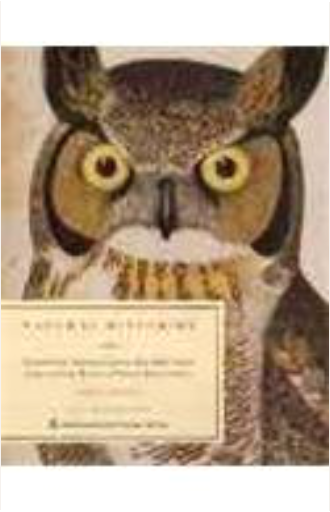 B00E31WE4M  In the Paris art world of the 1920s, Georges Bataille and his journal DOCUMENTS represented a dissident branch of surrealism. Bataille—poet, philosopher, writer, and self-styled "enemy within" surrealism—used DOCUMENTS to put art into violent confrontation with popular culture, ethnography, film, and archaeology. Undercover Surrealism, taking the visual richness of DOCUMENTS as its starting point, recovers the explosive and vital intellectual context of works by Picasso, Dalí, Miró, Giacometti, and others in 1920s Paris. Featuring 180 color images and translations of original texts from DOCUMENTS accompanied by essays and shorter descriptive texts, Undercover Surrealism recreates and recontextualizes Bataille's still unsettling approach to culture. Putting Picasso's Three Dancers back into its original context of sex, sacrifice, and violence, for example, then juxtaposing it with images of gang wars, tribal masks, voodoo ritual, Hollywood musicals, and jazz, makes the urgency and excitement of Bataille's radical ideas startlingly vivid to a twenty-first-century reader.Copublished by Hayward Gallery Publishing, London  The Atrocity Exhibition is J.G. Ballard's most complex, disturbing work, with fabulous photos by Ana Barrado and artwork by Phoebe Gloeckner. | 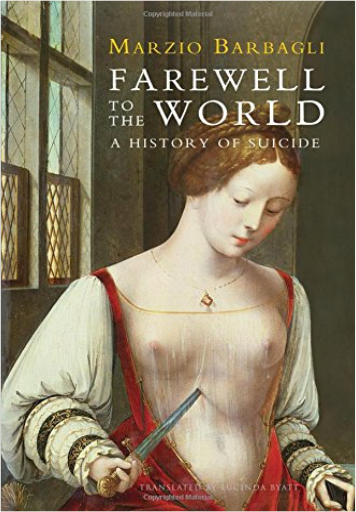 What drives a person to take his or her own life? Why would an individual be willing to strap a bomb to himself and walk into a crowded marketplace, blowing himself up at the same time as he kills and maims the people around him? Does suicide or ‘voluntary death’ have the same meaning today as it had in earlier centuries, and does it have the same significance in China, India and the Middle East as it has in the West? How should we understand this distressing, often puzzling phenomenon and how can we explain its patterns and variations over time?  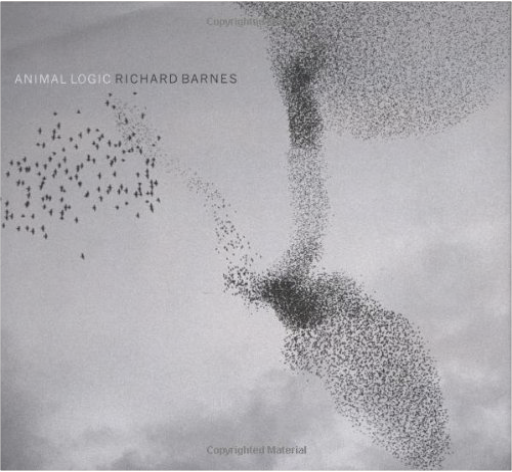 A buffalo stands horns to head with a man who is calmly vacuuming the snow-covered plains beneath its feet. A herd of plastic-wrapped zebras surrounds a giraffe, while a man on scaffolding above paints them a lovely trompe l'oeil sky. Photographer Richard Barnes has spent more than ten years documenting the way we assemble, contain, and catalog the natural world. Barnes's behind-the-scenes photographs are haunting reminders that there is nothing natural about a natural history museum. 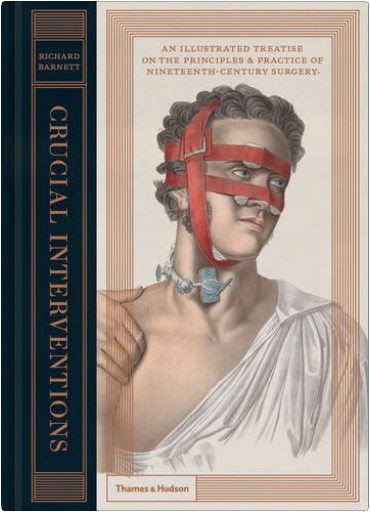 A beautifully illustrated look at the evolution of surgery, as revealed through rare technical illustrations, sketches, and oil paintingsThe nineteenth century saw major advances in the practice of surgery. In 1750, the anatomist John Hunter described it as “a humiliating spectacle of the futility of science”; yet, over the next 150 years the feared, practical men of medicine benefited from a revolution in scientific progress and the increased availability of instructional textbooks. Anesthesia and antisepsis were introduced. Newly established medical schools improved surgeons’ understanding of the human body. For the first time, surgical techniques were refined, illustrated in color, and disseminated on the printed page. 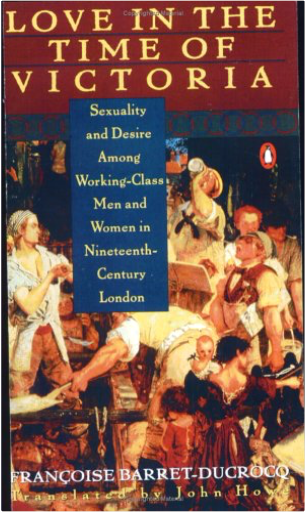 There has been a great deal written on the secret longings and sexual hypocrisy of the Victorian era's upper crust, but almost nothing has chronicled the erotic desires and sexuality of London's working class. Now, in this painstakingly researched book, their touching and emotional stories can be told. |

Morbid Anatomy Museum
Collection Total:
1,253 Items
1,253 Items
Last Updated:
Jan 26, 2016
Jan 26, 2016



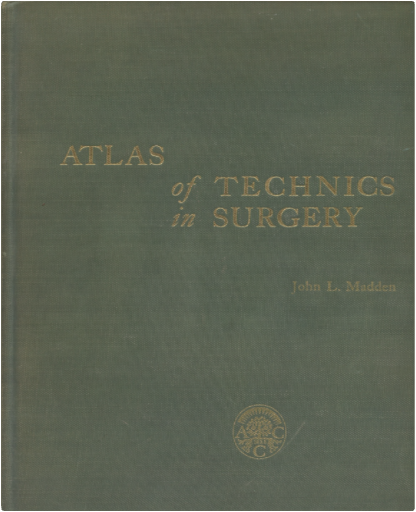
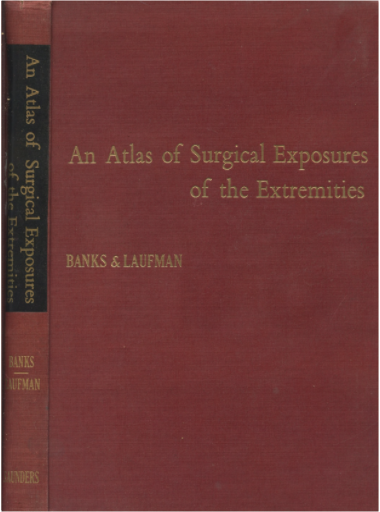

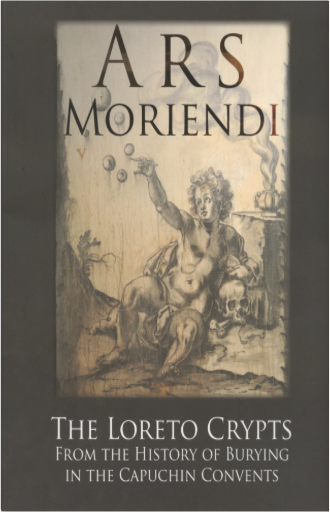
 Made with Delicious Library
Made with Delicious Library